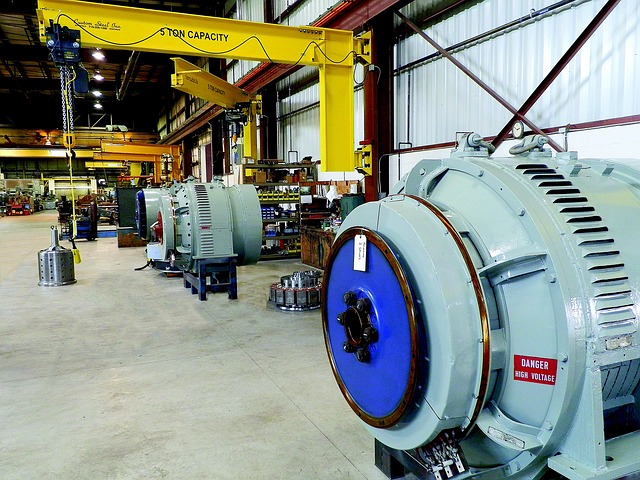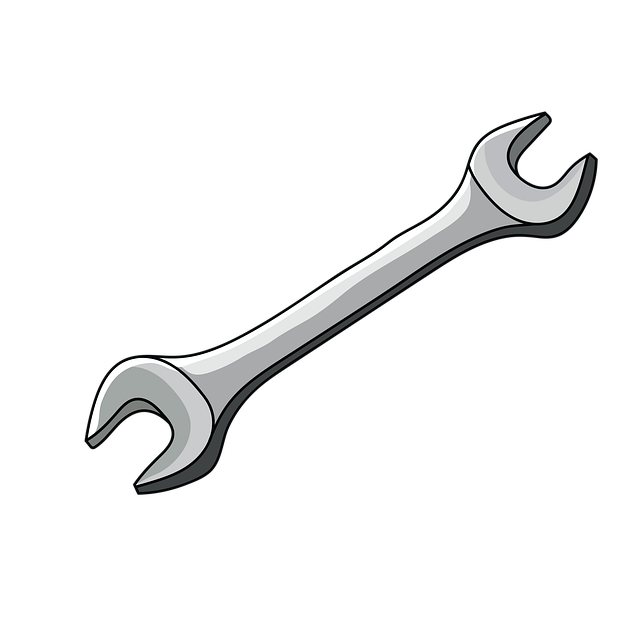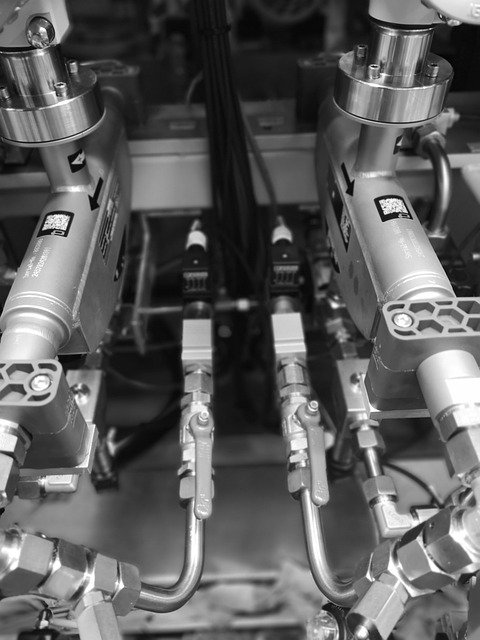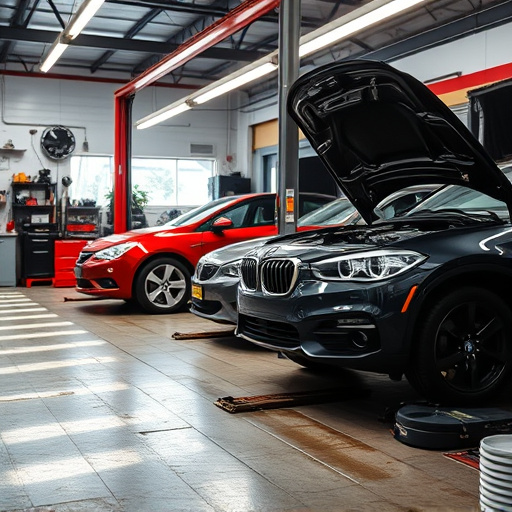Repair scheduling collisions in automotive repair shops cause workflow disruptions, delays, and customer dissatisfaction due to overlapping tasks. Effective collision management through advanced software, real-time updates, strategic queue planning, resource allocation, and task prioritization is crucial for optimizing operations, minimizing backlogs, and maximizing productivity, especially for high-demand vehicles like Mercedes Benz repairs.
Collision in repair scheduling can significantly disrupt workflows, leading to delays and inefficiencies. This article delves into the core concepts of repair scheduling collision, exploring its basic understanding and profound impact on operational processes. We further analyze the challenges it poses and provide strategic solutions to optimize schedules, enhance productivity, and minimize disruptions. By implementing effective collision mitigation tactics, businesses can streamline their workflows, ensuring swift service and client satisfaction.
- Understanding Repair Scheduling Collision: The Basics
- Impact on Workflow: Delays and Inefficiencies
- Optimizing Processes: Strategies to Mitigate Collisions
Understanding Repair Scheduling Collision: The Basics

Repair scheduling collision refers to situations where multiple tasks or appointments for automotive repair or auto body repairs overlap due to similar time slots. This is a common challenge in busy workshops and service centers, particularly when handling numerous vehicle bodywork cases daily. When schedules collide, it results in delays, inefficiencies, and potential customer dissatisfaction.
In an automotive repair environment, where each job requires specific resources and skilled technicians, these collisions can disrupt the workflow. For instance, a collision between an oil change appointment and a complex auto body repair could mean that the latter has to wait for the former to complete, leading to wasted time and potentially longer turnaround times for customers. Understanding and managing repair scheduling collision is thus vital for optimizing workflows in automotive repair shops and ensuring smooth operations.
Impact on Workflow: Delays and Inefficiencies

When repair scheduling collisions occur in a car body shop, it can significantly impact workflow efficiency and overall productivity. Delays are inevitable, as technicians need to reassess damaged vehicles, prioritize tasks, and often wait for specialized equipment or materials to be available for frame straightening and auto painting processes. These delays lead to longer turnaround times for customer vehicles, affecting the shop’s capacity to handle an incoming workload effectively.
Inefficiencies also arise from disrupted procedures. For instance, if a collision involves complex repairs, such as precision panel replacement or intricate body work, it can cause backlogs in other projects. This ripple effect can slow down various tasks, including preparing other vehicles for painting and ensuring smooth flow between different stages of the repair process. Effective repair scheduling collision management is crucial to mitigate these issues and maintain a well-oiled workflow within the car body shop.
Optimizing Processes: Strategies to Mitigate Collisions

In the realm of collision repair, optimizing processes is a strategic must to mitigate repair scheduling collisions and enhance workflow efficiency. Collision repair shops often face challenges due to conflicting appointments, especially when dealing with high-demand vehicles like Mercedes Benz repairs. To streamline operations, implementing advanced scheduling software is key. This technology allows for real-time updates, enabling mechanics to promptly address changes and prevent backlogs.
By strategically planning work queues and allocating resources effectively, collision repair shops can minimize delays caused by unexpected vehicle arrivals or complex repairs. Additionally, prioritizing tasks based on urgency and complexity ensures that each car collision repair is managed efficiently, reducing wait times for customers and maximizing shop productivity.
Repair scheduling collision is a common challenge that can significantly impact workflow optimization. By understanding the basics of collision, recognizing its effects on delays and inefficiencies, and implementing effective strategies to mitigate these conflicts, organizations can streamline their processes. These efforts not only enhance overall productivity but also contribute to improved customer satisfaction by ensuring timely service and repair completion. Effective management of repair scheduling collision is a game-changer for any business aiming to excel in a competitive market.














